Problem Areas
What Are Stretch Marks?
Stretch marks, also known as striae or striae distensae, are streaks or lines that appear on the skin due to rapid stretching or contraction. These marks often start as reddish or purplish lines and gradually fade to a lighter color over time. They commonly occur on areas of the body where the skin is subject to significant stretching, such as the abdomen, thighs, hips, and breasts.
Causes of Stretch Marks
- Pregnancy: The rapid expansion of the abdomen during pregnancy can stretch the skin, leading to the formation of stretch marks.
- Weight Changes: Significant weight gain or loss can cause the skin to stretch or contract, resulting in stretch marks.
- Puberty: During puberty, rapid growth spurts and hormonal changes can contribute to the development of stretch marks, especially in adolescents.
- Hormonal Changes: Conditions or treatments that alter hormone levels, such as corticosteroid use or certain medical conditions, can impact skin elasticity and lead to stretch marks.
- Genetics: A family history of stretch marks can increase the likelihood of developing them, as genetic factors influence skin elasticity and healing.
Potential Negative Outcomes If Left Untreated
- Cosmetic Concerns: Stretch marks can affect the appearance of the skin, leading to cosmetic concerns and impacting self-esteem.
- Emotional Impact: Visible stretch marks may cause embarrassment or self-consciousness, affecting confidence and body image.
- Potential Progression: While stretch marks may not worsen significantly, untreated marks can remain noticeable and might not fully fade without intervention.
Best Treatments For Stretch Marks
Treating stretch marks effectively involves a variety of options aimed at improving their appearance and promoting skin healing. Addressing stretch marks can help reduce their visibility and enhance overall skin texture.
Creams and ointments containing retinoids, hyaluronic acid, or collagen-boosting ingredients can help improve the appearance of stretch marks by promoting skin regeneration and elasticity.
Laser treatments, such as fractional non-ablative laser can stimulate collagen production and improve the texture and color of stretch marks.
This procedure involves using tiny needles to create micro-injuries in the skin, stimulating collagen and elastin production to improve the appearance of stretch marks.
Peels using alpha hydroxy acids (AHAs) or trichloroacetic acid (TCA) can exfoliate the outer layers of skin, helping to reduce the appearance of stretch marks by improving skin texture and tone.
Radiofrequency treatments can heat the deeper layers of the skin, promoting collagen production and improving skin elasticity, which may help reduce the appearance of stretch marks.



